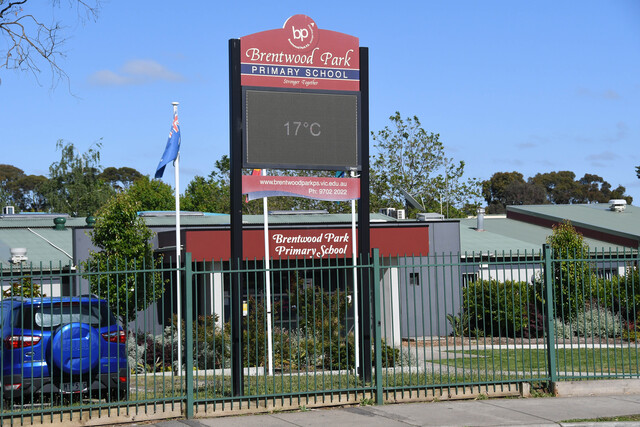One of the inevitable setbacks of having a 12-team competition – but 18 rounds of football – is that it is impossible to create a fair and equitable draw for all participating teams in the West Gippsland Football Netball Competition (WGFNC).
After round 11 – when all teams have played each other once – we have only seven rounds remaining where teams begin the exciting run home to a final’s series.
Some clubs will benefit from a softish draw, while others can miss out on finals due to the tough nature of their run home over the final seven games of the season.
We can speak from experience here…the challenges of putting together an unbalanced fixture can cause administrators of leagues to lose an extreme amount of sleep.
Clubs want certain fixtures, in specific weeks of the season, against specific opposition, to help capitalise on the financial opportunities that are so important to the long-term sustainability of football clubs.
In West Gippsland, Inverloch-Kongwak and Phillip Island will always look to cash in on their geographical advantage, with the Easter break, at a holiday destination, sure to attract additional walk ins through the gate.
Towns like Sorrento, Rye and Rosebud, also understandably request similar fixturing in the Mornington Peninsula Nepean Football League (MPNFL).
But every request makes it more challenging to balance things out later in the season.
The number-one factor when putting together a draw is that all clubs have an equal amount of home games….in West Gippsland…the number equates to nine.
It would appear an easy task, but balancing out requests, alongside that number-one factor of home game equality, makes it impossible to deliver every club with their exact wish list.
The WGFNC has done a great job with fixturing this season…but how did it come together and who are the big winners and losers in that final run home to the finish line?
Five of the last seven rounds – R12 (R2), R13 (R1), R16 (R9), R17 (R10) and R18 (R11) – are exact duplicates of earlier rounds in the season, while rounds 14 and 15 are made up of a combination of games from rounds seven and eight.
With 16 rounds locked away, putting together those last two rounds – 14 and 15 – that’s where the headaches start, the fingers get crossed, and hopefully the balance of those requests, and the number-one factor of nine home games each…well they all come together in the puzzle.
Then there’s also the factor of competitive balance, which many people would argue should be the number-two factor built in!
So which teams benefit over the last seven games this season and which teams have been stiffed?
We’ve come up with the following rating of clubs, which helps us find answers to the above questions.
Our ratings are as follows:
5 points: Phillip Island.
4 points: Inverloch-Kongwak, Nar Nar Goon, Tooradin-Dalmore.
3 points: Bunyip, Cora Lynn, Warragul Industrials.
2 points: Dalyston, Kilcunda-Bass, Korumburra-Bena, Kooweerup.
1 point: Garfield.
In essence, it means Phillip Island is rated the hardest game of all…and Garfield the easiest.
With this in mind, it is Korumburra-Bena that has the toughest run home of all competitors, being the only team to play the top-four teams in the last seven rounds of the season.
According to our rankings, the Giants scored 24 points, with Bunyip, Nar Nar Goon and Tooradin-Dalmore having the next hardest fixtures on 22 points each.
Cora Lynn and Inverloch-Kongwak have the softest runs home this season, with both teams totalling 18 points.
Here’s our fixture-toughness ladder in full:
24 points: Korumburra-Bena.
22 points: Bunyip, Nar Nar Goon, Tooradin-Dalmore.
21 points: Phillip Island, Warragul Industrials.
20 points: Garfield.
19 points: Dalyston, Kilcunda-Bass, Kooweerup.
18 points: Cora Lynn, Inverloch-Kongwak.







